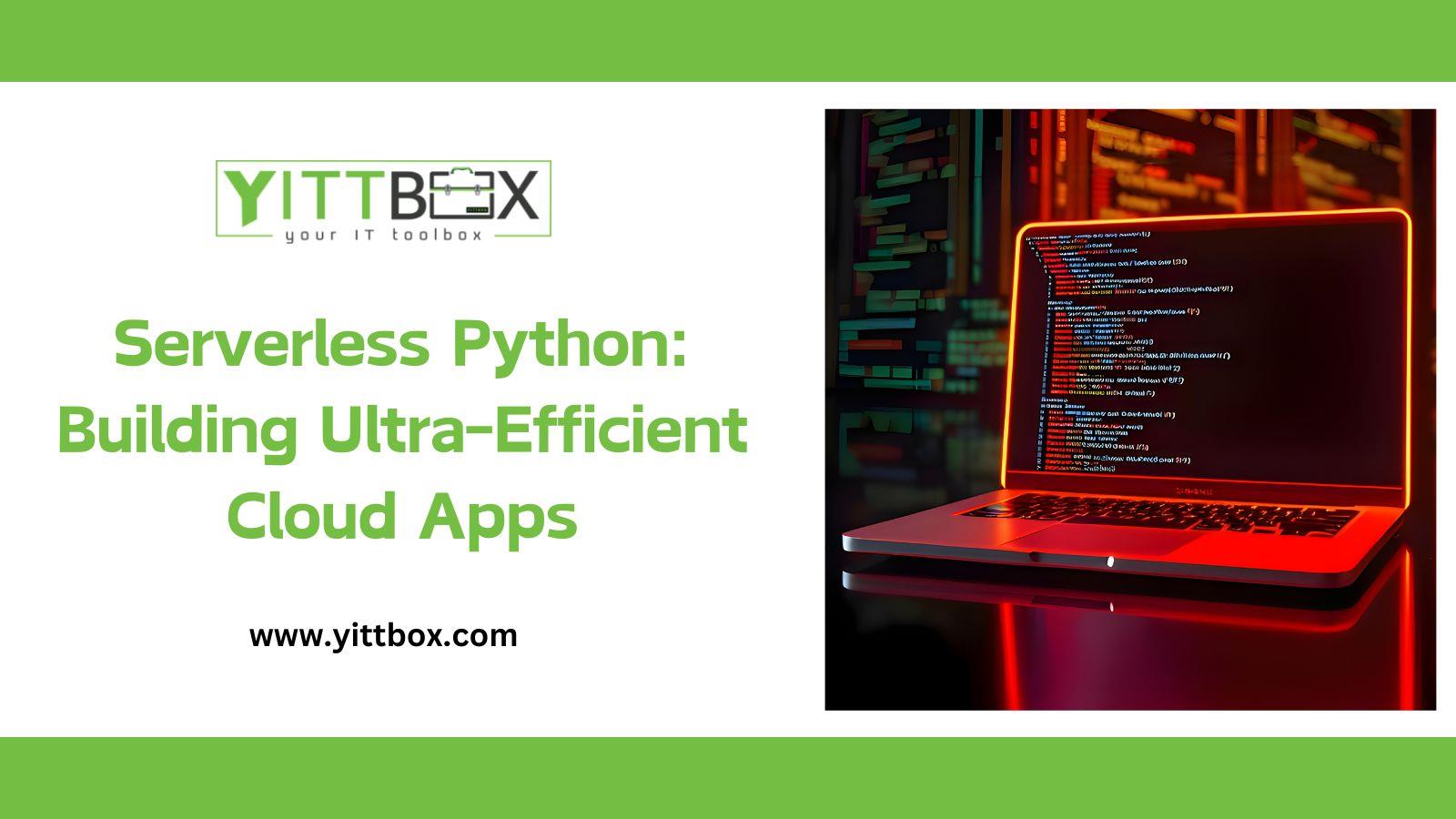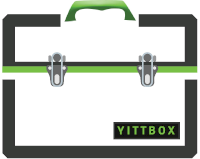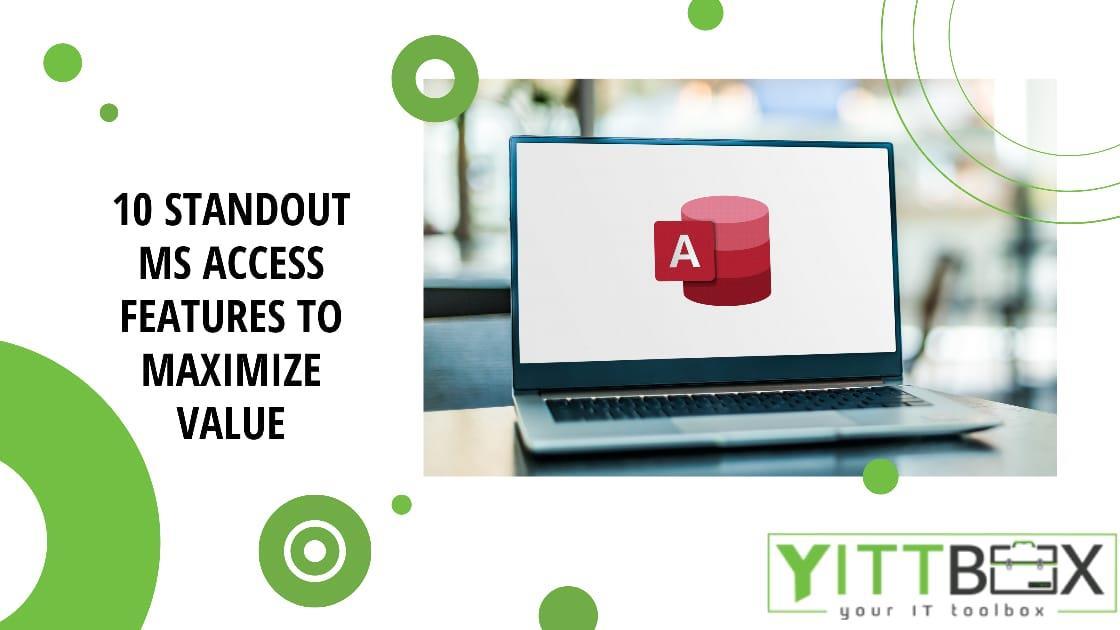Serverless Python: Building Ultra-Efficient Cloud Apps
In today’s rapidly evolving digital landscape, businesses are prioritizing speed, scalability, and efficiency more than ever. Serverless computing — an architecture where cloud providers manage server infrastructure — is reshaping how modern applications are built and deployed. Python, known for its simplicity and versatility, has emerged as a powerhouse language for crafting serverless cloud applications. In this blog, we’ll dive into why serverless Python is at the forefront of next-generation cloud development, and how it enables organizations to innovate faster, cut costs, and scale seamlessly.
What is Serverless Computing?
Serverless doesn't mean there are no servers; it means that developers don’t need to manage them. Cloud providers like AWS Lambda, Azure Functions, and Google Cloud Functions automatically handle server provisioning, maintenance, and scaling. Developers can focus purely on writing code while the backend — resource allocation, availability, and fault tolerance — is managed dynamically. Key advantages include no server maintenance, automatic scaling, pay-per-use pricing, and rapid deployment and iteration.
Why Python is a Natural Fit for Serverless Architectures
Python is uniquely suited for serverless models because of its lightweight nature, rapid execution, and strong ecosystem of libraries. Its minimal cold start times and cross-platform compatibility make it ideal for quick-response cloud functions. Reasons why Python thrives in serverless environments include quick prototyping due to its syntax, rich libraries like Flask, FastAPI, and Boto3, seamless AI/ML integration, and strong community support that accelerates innovation.
Popular Use Cases for Serverless Python Applications
Modern businesses are leveraging serverless Python in diverse areas such as data processing pipelines to automate ETL operations with minimal cost overhead, event-driven workflows that trigger real-time processes based on user actions or system events, IoT backend services that manage thousands of devices effortlessly, chatbots and AI assistants that scale instantly, and real-time APIs that efficiently handle traffic surges.
Leading Platforms Supporting Serverless Python
Several cloud giants have embraced Python as a first-class citizen for serverless development. AWS Lambda offers full Python support with deep integration into Amazon services like S3, DynamoDB, and SageMaker. Microsoft Azure Functions supports Python 3.10 runtimes with powerful development tools like VS Code extensions. Google Cloud Functions natively supports Python for event-driven functions across its ecosystem. IBM Cloud Functions, based on OpenWhisk, also fully supports Python runtimes. Each platform provides advanced tooling, monitoring, and CI/CD pipelines to deliver production-ready serverless applications swiftly.
Best Practices for Building Serverless Python Applications
To maximize performance and minimize costs, developers should optimize cold starts by keeping packages lightweight, adopt modular architecture for better scalability and maintainability, leverage asynchronous programming to handle concurrent operations efficiently, secure functions with least privilege access and input validation, and implement observability with comprehensive logging, tracing, and monitoring.
Challenges and Considerations
While serverless Python unlocks numerous benefits, challenges must be acknowledged. Cold start delays, although minimal, can affect low-latency applications. State management can be complex since serverless systems are inherently stateless, requiring external storage solutions. Vendor lock-in is another concern, as deep integration with a specific cloud provider can limit migration flexibility. Strategic planning and thoughtful architecture are essential to mitigating these risks.
Conclusion: Shaping the Future of Cloud Innovation with Serverless Python
Serverless Python isn’t just a trend — it’s a strategic paradigm shift enabling businesses to accelerate innovation, optimize costs, and achieve unmatched agility. By embracing serverless architectures, developers unlock the true potential of Python’s elegance and scalability, paving the way for ultra-efficient, resilient cloud applications that define the digital future. As businesses demand faster time-to-market and greater operational efficiency, serverless Python stands as a pivotal tool for next-generation cloud success.







